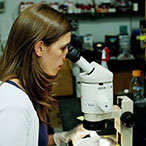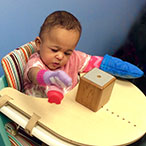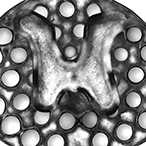Spotlight: Women in Science: Dr. Claire Le Pichon and the Importance of Adaptability
NICHD’s Dr. Claire Le Pichon helps advance understanding of neuron injury and neurodegenerative diseases by embracing new technologies, collaborating with other researchers, and mentoring the next generation of scientists. Read about her career path.
















 BACK TO TOP
BACK TO TOP